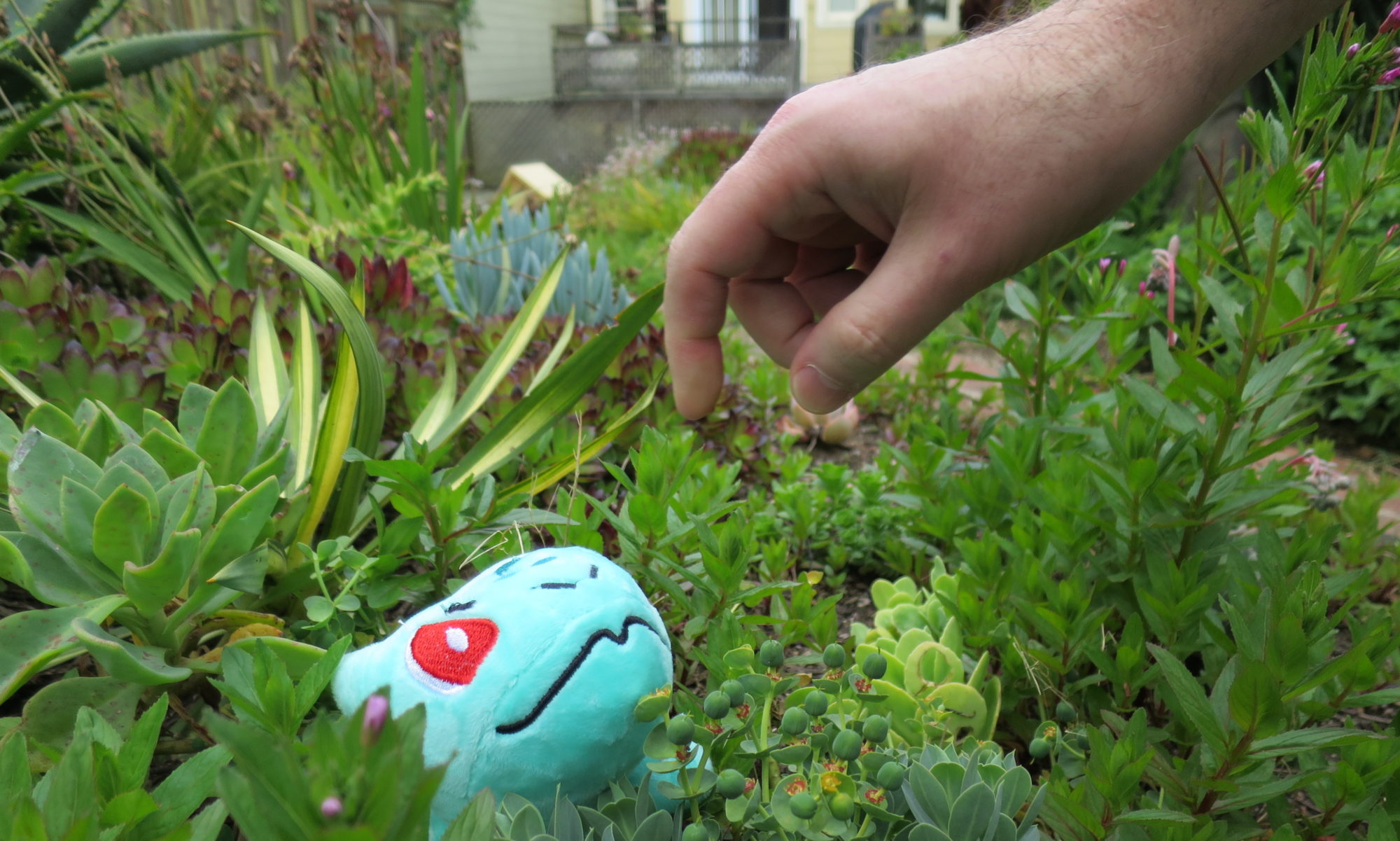
A popular experiment with kids is to put baking soda in a bottle and then add vinegar. The mixture foams up and bubbles out of the container like lava coming out of a volcano. We’re no stranger to the volcano experiment, so here are some deeper details you can share with your kids as well as a few twists to try.
NOTE you’ll need to take the proper precautions so that no one gets the mixture in their eyes, mouths, etc.
Vinegar is a liquid that contains acetic acid and water. Depending on the variety, you can find other things in there to give it flavor, like apple cider or balsamic vinegar. The amount of acetic acid varies, but is generally pretty low, so vinegar is fairly weak as acids go. That’s why you can safely use it in cooking. It’s on par with lemon juice (remember that for later).
Vinegar is formed when alcohol is fed to a particular variety of bacteria that converts the alcohol to acetic acid. That’s biochemistry! In fact, it’s the same basic process that’s used in brewing, yogurt making, baking with yeast, and many biotech companies. They all fall under the name “fermentation”. In each case, you have single celled organisms that take a particular food source (alcohol) and convert it to something you want (acetic acid). We’ve done several fermentation projects with our kids, so keep an eye out for those articles coming soon.
The volcano happens when the acetic acid in the vinegar reacts with the baking soda, a.k.a. sodium bicarbonate, a mild alkali salt (it is a mild base, which is the opposite of an acid). This reaction is an easy to demonstrate example of chemistry. When the two chemicals mix, their atoms recombine, creating carbon dioxide, among other things. Carbon dioxide appears as a gas, i.e. the bubbles. They are trapped in the mixture by surface tension, and as more and more carbon dioxide is produced, the bubbles grow and the mixture gets bigger, eventually overflowing the container. ERUPTION! The bubbles in soft drinks are also carbon dioxide gas, but they come from something else. They do behave similarly if you shake up your bottle.
OK, that’s the background. Now the experiments. First, demonstrate the process by spooning some baking soda into a bottle or other container and then adding vinegar. We like to do it over a cookie sheet to contain the mess. Ask your kids to think about what they can change, and then try it out. If they get stuck, here are some suggestions. Be sure to have the kids predict what will happen before you try it. Then afterwards, they can come up with explanations about what they saw.
- Different shaped containers: bottles (wide at the bottom, narrow at the top), bowls (the opposite), wide or narrow glasses, etc.
- Different acids: Remember the lemon juice comment? Try lemon juice. Try coffee. Try whatever you have, but don’t waste the good balsamic. Save that for salads. Try buttermilk or kefir.
- Different base: Baking powder looks and sounds kind of like baking soda. Does it work? What about baking soda toothpaste or kitty litter? What about a fresh box of baking soda vs. an open box that has been sitting in the fridge for months?
- Different amounts of baking soda and/or vinegar.

When you’re done playing around and have washed up, serve up a snack of soda bread. Soda bread is made with baking soda and buttermilk, which is acidic. When the bread is baking, the volcano reaction is going on inside, producing carbon dioxide bubbles inside. That’s what makes the bread fluffy rather than a solid brick. Stay tuned for a soda bread project post.
